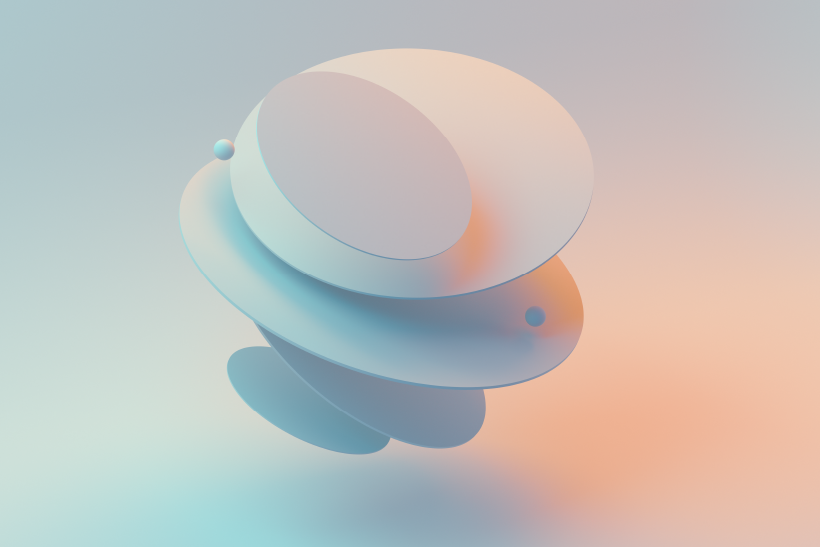
In this article we will be explaining a small feature we implemented in our Drupal themes, its called Slideshow. Will be explaining how to create and implement Slideshow feature for your theme. Before we start, hope you all know about PHP templates and Java Script, because these two play a major role in implementing the slide show.



